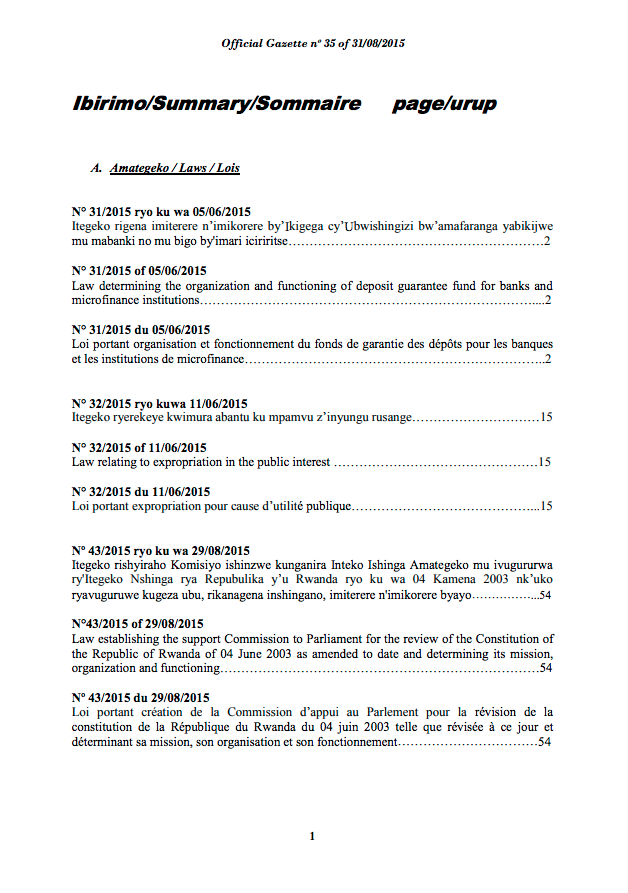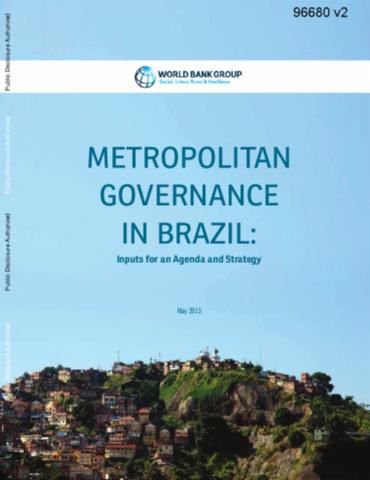Zambia Economic Brief, June 2015, Issue 5
After several years of strong economic
performance, Zambia now confronts several important
challenges that must be managed carefully to ensure
sustained and inclusive growth in the future. On the one
hand, the economy grew by an estimated 5.5–6.0 percent in
2014, somewhat above the average for African economies.
Monthly copper production increased by an average of 8
percent during the second half of 2014, reversing the sharp





